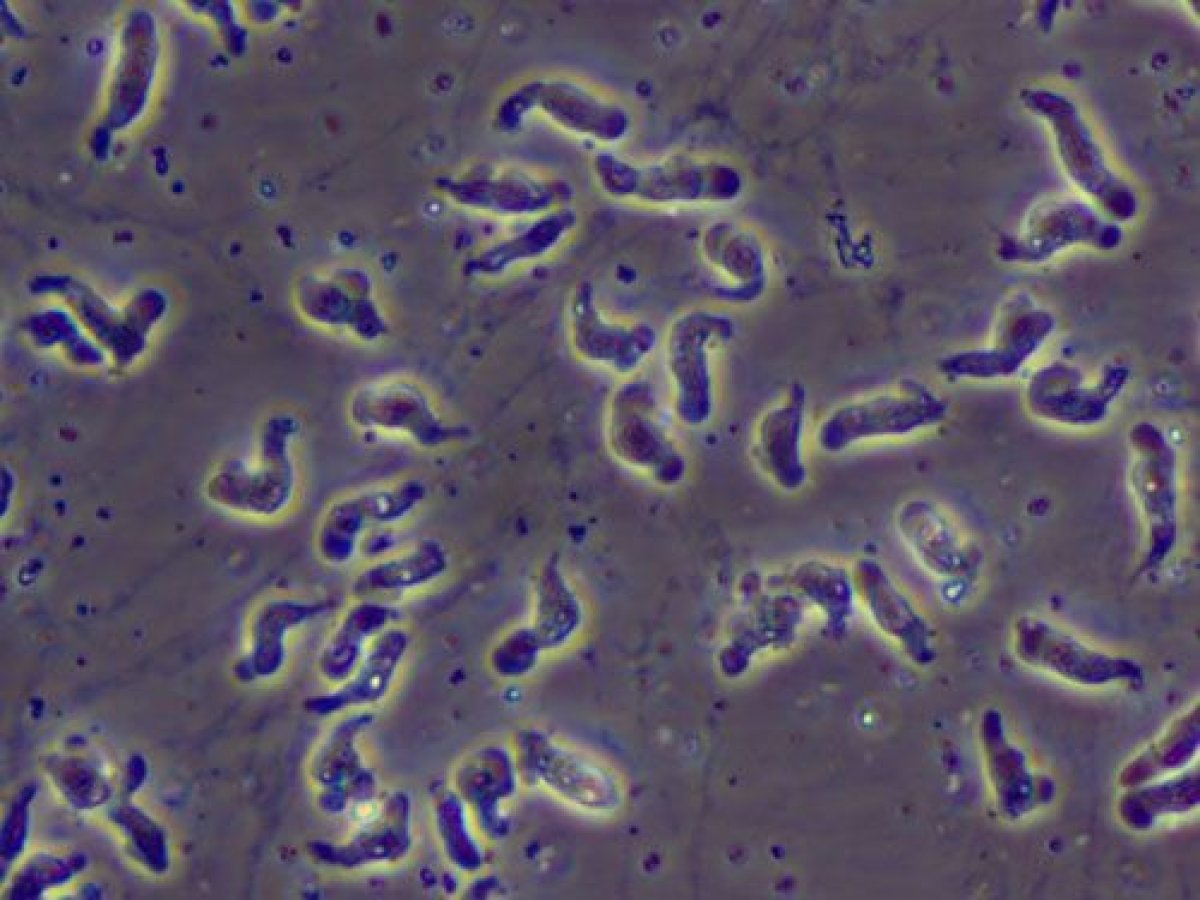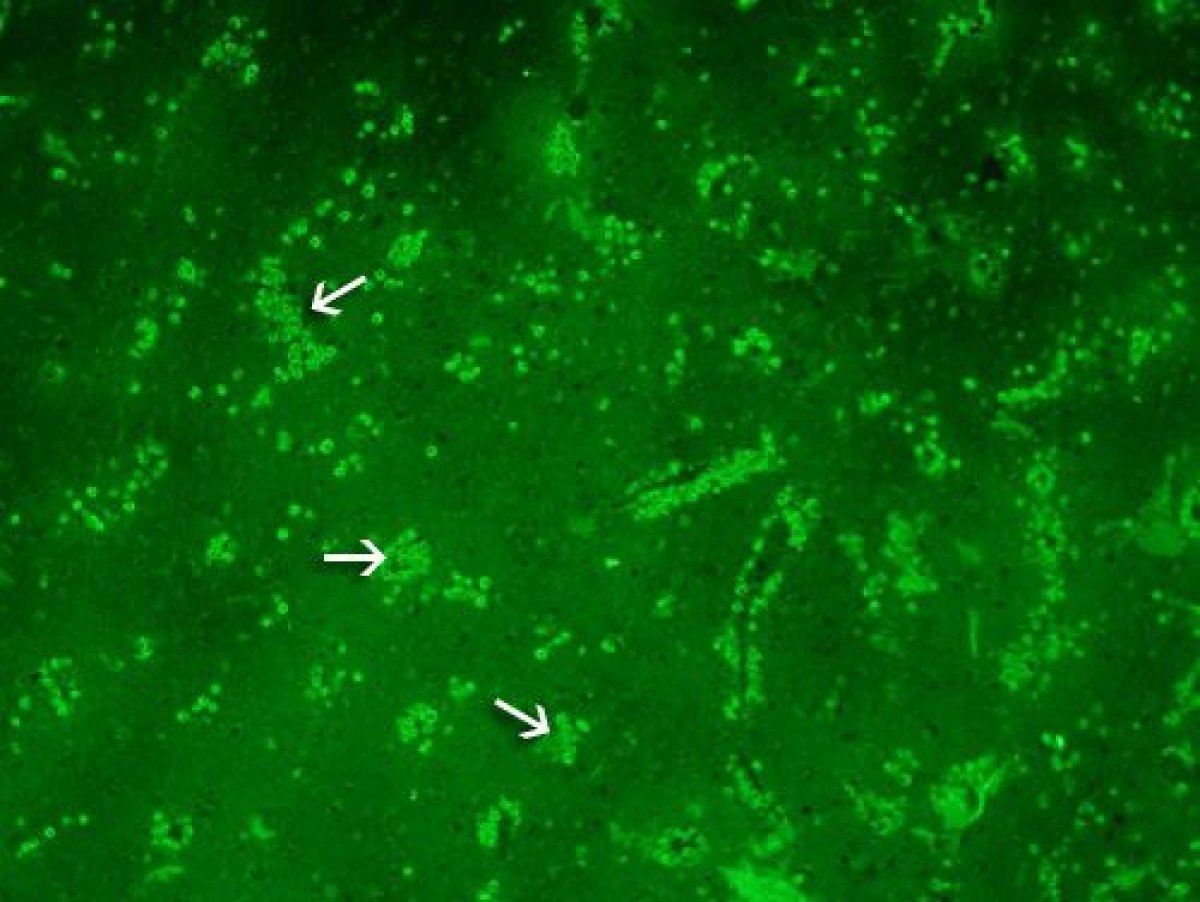
Updated | Last year, 18-year-old Lauren Seitz, from Ohio, died after she was infected by a deadly parasite at the U.S. National Whitewater Center in North Carolina. Now, her parents have filed a lawsuit against the outdoor recreational park for her wrongful death, which was, the lawsuit says, the result of neglectful behavior by park staff.
Seitz visited the U.S. National Whitewater Center in June 2016 with other members of her church, who were in North Carolina as part of a Christian music tour. The park has several outdoor recreational activities, including whitewater rafting through a rapids course, which Seitz tried out. But as she navigated the rapids, she was thrown overboard. Normally such an event would be harmless. The water, however, turned out to be infected with dangerously high levels of a carnivorous amoeba known as Naegleria fowleri.

This single-celled parasite lives in the sediment at the bottom of warm lakes and ponds, and usually dines on bacteria. The organism gains access to a human host through the nose or mouth when a person is submerged in contaminated water. Once the amoeba is inside someone—and away from its usual food source—it makes its way to the brain, where it uses a mouth-like "feeding cup" to eat blood cells and tissue. The brain swells while being eaten alive, a condition known as primary amebic meningoencephalitis, and the person soon dies, usually within a week, even with treatment. More than 97 percent of people infected by Naegleria fowleri die from it. According to the Centers for Disease Control and Prevention, of the 143 people known to have been infected by this parasite in the U.S. between 1962 and 2016, only four survived.
The CDC emphasizes that infections almost always occur during swimming or diving in bodies of freshwater, such as lakes and rivers, or pools that are poorly maintained. Drinking contaminated water is not dangerous as far as being infected by the amoeba.
The lawsuit alleges that the recreational center did not properly chlorinate the water or regulate its temperature, both of which would have eliminated the parasite. Turbidity, or cloudiness, was also neglected. The center did not train its employees correctly, the plaintiffs state, and did not warn visitors about the dangers of untreated and unregulated water. The lawsuit also states that the park should have supplied visitors with "nose plugs or face masks to protect its visitors from the unregulated water." Poor filtration also was problematic, according to the suit. The defendant's negligence was, the lawsuit states, "the sole and proximate cause of Lauren's illness and, ultimately, her death on June 19, 2016." The parents are seeking punitive damages in excess of $1 million.

Following Seitz's death last year, the CDC stated that the chlorination and filtration systems at the artificial rapids course were inadequate. The rushing water was filled with debris that chlorine and ultraviolet light could have eliminated, according to a report last year. The center shut down the rapids course, which also has been used for Olympic training, for two months following Seitz's infection, according to The Charlotte Observer. After the CDC found the parasite in the water at previously undetected levels, the Whitewater Center changed its filtration and disinfection system.
The Charlotte Observer reports that at the time of Seitz's infection, the park was one of just three in the U.S. that were not regulated for waterborne diseases. The whitewater rapids course at the Center is artificial, with water channeled from the Charlotte-Mecklenburg Utilities Department. At the time of Seitz's infection, the amoeba was also found in water from the Catawba River, about 70 miles away.
The CDC notes that the risk of infections by this parasite is very low. Just 40 cases were reported from 2007 to 2016. By comparison, more than 34,000 deaths from drowning occurred in the U.S. from 2001 to 2010. Still, the CDC states that "recreational water users should assume that Naegleria fowleri is present in warm freshwater across the United States." Hot springs are also risky. Experts recommend wearing nose clips when swimming or submerging in such waters.
This story has been updated with additional information about the water where the infection occurred and about the amoeba itself.
Uncommon Knowledge
Newsweek is committed to challenging conventional wisdom and finding connections in the search for common ground.
Newsweek is committed to challenging conventional wisdom and finding connections in the search for common ground.
About the writer
Jessica Wapner is the science editor for Newsweek. She works with a talented team of journalists who tackle the full spectrum ... Read more
To read how Newsweek uses AI as a newsroom tool, Click here.








